Planning A Garden Center
One of the many piles on my desk is my “humph” pile. It’s where I put things I think are interesting things that produce that inquisitive “humph” when I read them. Newspaper clippings, information I find on the internet, random facts scribbled on pieces of paper they all go into the humph pile in case I need the information one day…or at least until I stop saying humph when I read it.
So last week I was looking through the humph pile for something when I ran across an article titled “Planning Outdoor Living Areas?” It’s an internet article I printed a couple of months ago from a New York affiliate of ABC network. The article is about the popularity of outdoor living and gives gardeners seven tips for planning and furnishing their outdoor living spaces.
I skimmed the article quickly, still thought it was interesting and put it back in the humph pile. I had made it through a few more articles when I realized those seven tips could describe a lot more than just decorating an outdoor living space.
Seven Key Factors
It occurred to me that if a designer could describe seven keys to designing an outdoor space, those same attributes should apply to designing a garden center; after all, we’re trying to do the same thing, right? So here goes…seven tips for designing your garden center, and they’re based on what your customers are or should be doing.
Be consistent with quality. The article advises gardeners to choose outdoor furnishings that are compatible with the quality of other products in their landscape. And consistency couldn’t be more important for your garden center. It’s not enough for you to have nice plants sometimes; they have to be nice every day of every week. Consistency is one of the most important tenets of garden retailing.
Design by spaces. Spaces designed by use are what the article suggests your customers create in their gardens. Having them in your store will make it easier for customers to find what they need, but be advised, this doesn’t mean revert back to just creating segmented displays of pottery, bedding plants and fertilizer. It means create new displays that are based on end use butterfly gardens, shade gardens, recreation areas, etc.
Break out of beige mode. Color is in, argues the article, and gardeners should not be afraid to use it in unexpected places. That’s a pretty good suggestion for a business based on color. Just because your products are so colorful don’t go beige with everything else. Adding painted fixtures, walls or other props will only show your customers how to use color.
Sit soft and pretty. With people spending more time outdoors, they are demanding exterior furniture just as comfortable as their interior furniture. “Planning Outdoor Living Areas?” advises shoppers to look for weather-resistant cushions that are decorative and inviting…decorative and inviting, isn’t that a great motto for your store’s design? Do you have enough comfortable areas where tired children and dads can wait while mom finishes shopping?
Top it off with stone. Ok, so maybe this one isn’t right on target, but the sentiment is: Go for a beautiful, natural look with all of your fixtures. The article suggests granite or nice tile for outdoor tabletops to make sure they will match the home and surrounding landscape. Garden center translation? Go for a coordinated look throughout your store. Don’t splurge on high-end products then stock them on plywood and cinder-block tables.
Leave no stone unturned. Try anything! The article advises there is a garden for everyone, and in your store this means you never know what people will like. Don’t turn down a product just because you’ve never carried it before. Be willing to try new products, new displays, new programs. At the very least, it will keep customers coming back because they never know what they’ll find.
Design for the senses. Never, never forget that garden retailing is about more than just looks. Many flowers and plants smell wonderful, and fountains add a great layer of sound. This is exactly what the article suggests for gardeners, and it’s no coincidence that it works just as well for garden centers.


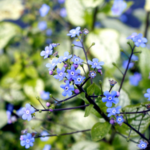


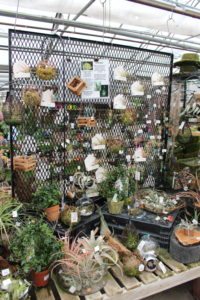
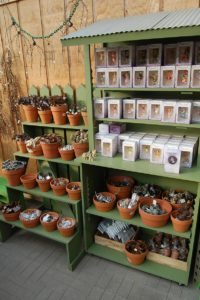
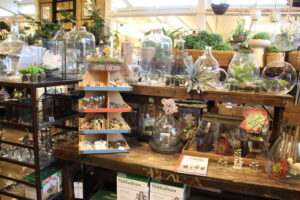
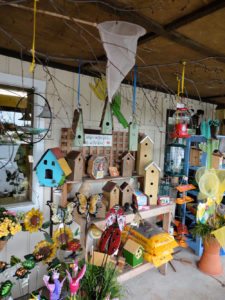

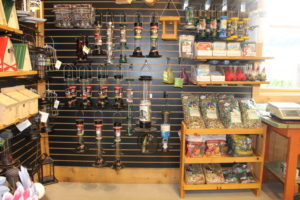
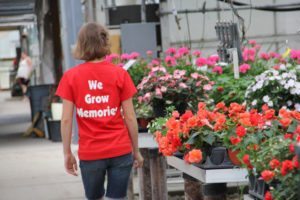

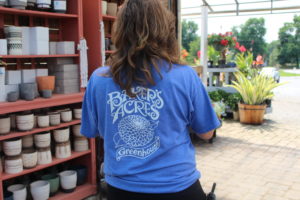

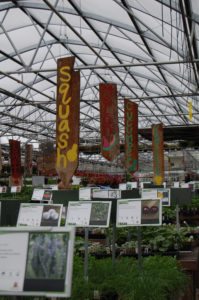

 Videos
Videos





